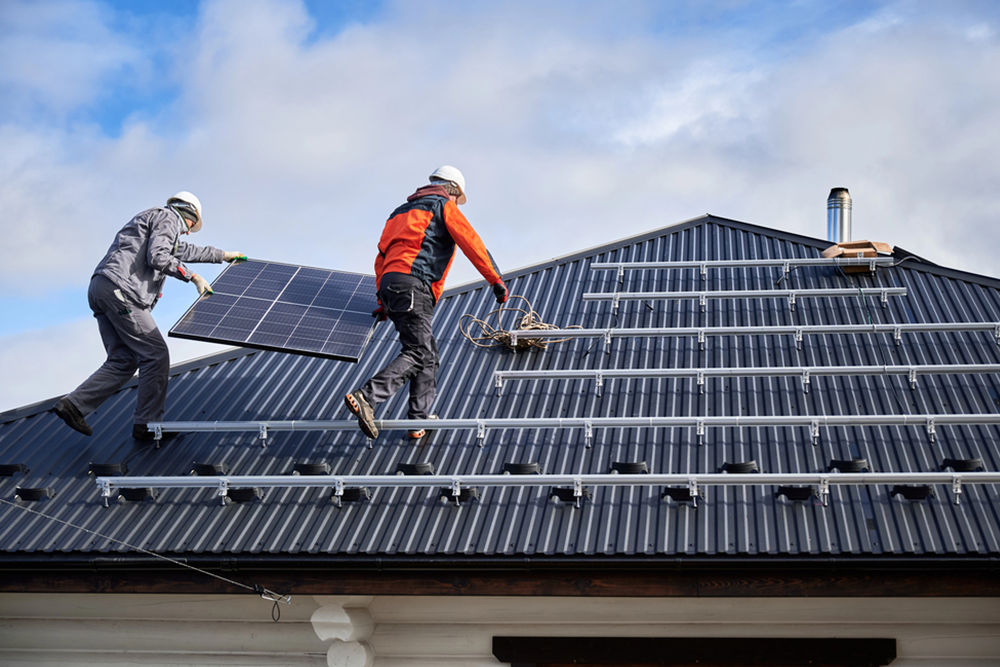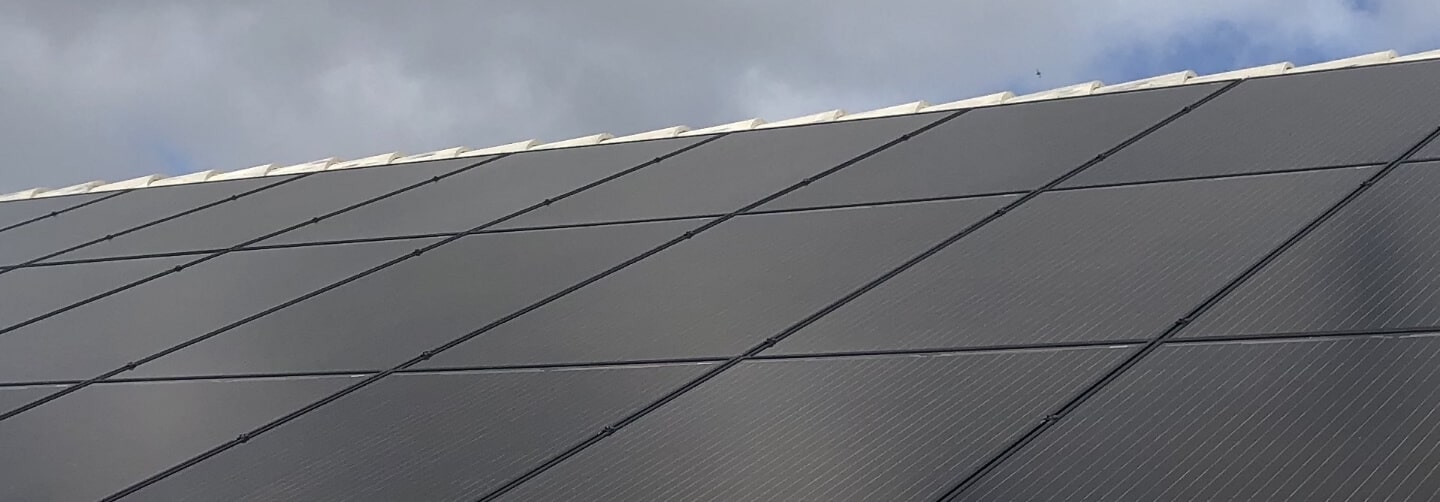Should You Replace Your Roof Before Installing Solar Panels?

Solar power is a long-term investment. Panels can last 25 years or more, making it important to think about the state of your roof before installation. Replacing your roof with solar panels can save future labor costs and prevent the need for early panel removal.
Many homeowners ask, “Do I need to replace my roof before installing solar panels?” The answer depends on roof age, condition, and your long-term energy goals. Roof replacement with solar panels can streamline the process when handled at the right time.
Why Roof Condition Matters for Solar Installations
A solar installation depends on a sturdy, well-maintained roof. If your roof is nearing the end of its life, the weight and mounting of panels can put added stress on it. While solar panels can protect roof sections from direct exposure to the elements, they cannot strengthen weak roofing materials.
Before starting any solar services, most installers inspect the roof for cracks, leaks, sagging areas, or worn shingles. A roof in poor condition may require repairs or a full replacement to avoid problems in the coming years. If damage occurs after installation, panels must be removed before roofing work, increasing costs and time.
Signs Your Roof May Need Replacement Before Solar
Several visual and structural clues can indicate the need for roof work before solar panel installation.
- Age of the roof: Asphalt shingle roofs typically last 20–25 years. Metal and tile can last longer but still require inspection.
- Missing or damaged shingles: Gaps or cracks in shingles may let moisture in and weaken the structure.
- Sagging rooflines: This can signal structural problems in the roof deck.
- Frequent leaks or water stains: Moisture damage may require more than minor patching.
- Granule loss on shingles: This reduces weather resistance and speeds deterioration.
If your roof already has these issues, replacing it before solar installation can prevent costly future interruptions.
The Cost of Replacing a Roof Before Solar Panels
Roof replacement costs depend on materials, size, pitch, and labor rates in your region. On average, a new asphalt shingle roof can cost $6,000–$12,000 for a typical home. Metal roofs or clay tiles may cost more but last longer.
If the roof replacement is done along with solar installation, some labor expenses can be combined. For example, roofers and solar installers can coordinate to avoid repeat scaffolding, permitting, or disposal fees. This integration can help manage the total expense of roof replacement with solar panels.
In some cases, homeowners can roll the cost of a new roof into their solar financing package. This can spread payments out over time, making the project more affordable upfront.
Impact of Waiting to Replace the Roof
If you install solar panels on an older roof, you risk having to remove and reinstall them later. The removal and reinstallation process can cost $1,500–$3,000 or more, depending on system size. This does not include the roofing work itself.
In addition to cost, you will have downtime where the solar system cannot produce electricity. That could reduce your energy savings during that period. Planning the roof replacement before the panels go up helps avoid both cost and disruption.
Roof Lifespan and Solar Panel Lifespan Alignment
One of the most practical ways to decide if a roof replacement is needed is to compare the remaining life of your roof with the expected life of the solar panels.
If your roof has less than 10 years left, replacing it now can align the timelines of both systems. This way, you will not need to disturb your solar array until it is time to upgrade the panels decades from now.
Metal roofs are a strong match for solar because they can outlast multiple solar systems. Asphalt shingles, while more affordable, may require one replacement over a panel’s lifespan unless the timing is matched at installation.
Options for Different Roof Types
Different roofing materials require different mounting and installation approaches.
- Asphalt Shingles: Common and cost-effective, but prone to wear after 20 years.
- Metal Roofs: Durable and lightweight. Standing seam metal roofs often allow solar panels to be attached without drilling holes.
- Tile Roofs: Attractive but more complex to work with. May require extra labor to avoid cracking tiles.
- Flat Roofs: Often found on commercial buildings. Can support ballasted solar systems without penetrating the surface.
Before deciding, speak with both your roofer and your solar installer to confirm compatibility and discuss the best mounting system for your roof type.
Combining Solar and Roofing Work
When done together, roof replacement and solar installation can reduce delays and increase efficiency. The contractor can install flashing, mounts, and waterproofing at the same time as the roofing work, which can reduce the risk of future leaks.
For example, during a solar electric installation, precise roof preparation is needed to support system performance and prevent damage over time. Having the roofing team and solar team coordinate avoids repeated handling of the same areas.
Some solar companies, such as Solar Energy Solutions of America, can manage both services through a single project plan. This simplifies scheduling, permits, and inspections.
Extra Benefits of Coordinating Roof Replacement with Solar
- Single warranty coverage period: When both systems are new, their warranties can run together.
- Improved curb appeal: A fresh roof plus solar panels can increase home value.
- Better sealing and flashing: Doing both jobs together allows optimal weatherproofing.
- Streamlined financing: Combining costs can simplify payment plans.
If your pool also uses solar heating, the coordination can extend to related upgrades like solar pool heaters, reducing future project overlap.
Environmental and Long-Term Savings
A strong roof with efficient solar panels can deliver decades of clean energy without interruption. Every time you avoid premature panel removal, you save resources, reduce waste, and keep your system producing power at full capacity.
Matching the life of your roof to your solar system also protects your investment in renewable energy. This means less maintenance, fewer repair visits, and more consistent returns from your solar installation.
Get Your Roof and Solar Ready Together
At Solar Energy Solutions of America, we help homeowners plan solar installations that fit their roofing needs. From inspections to installations, we manage the process to keep your project efficient and cost-effective.
Contact us to discuss the best timing for your roof replacement with solar panels.
